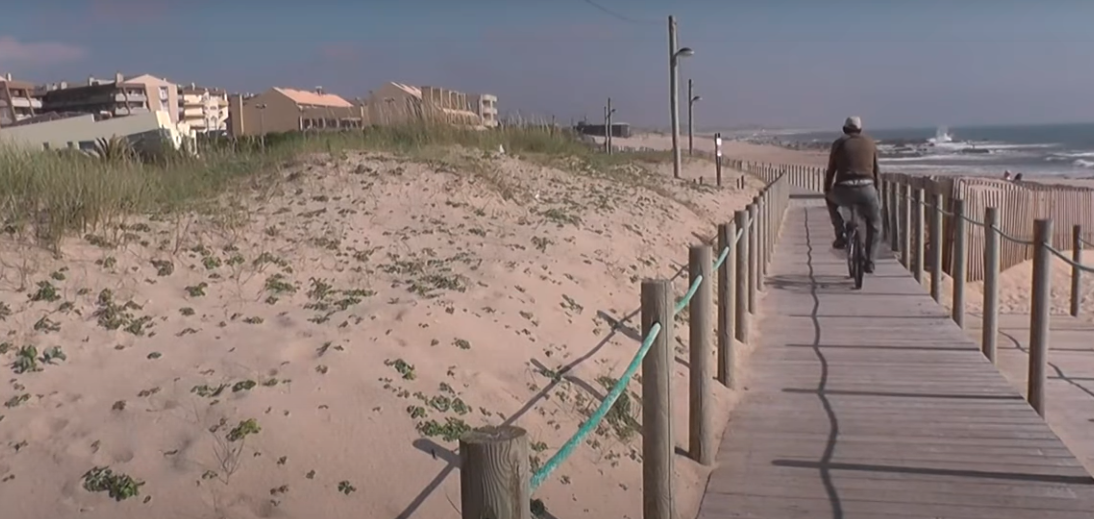YRE Competition 2022
3rd Place - reportage video
15-18 years old
By Bruna Silva, Cátia Oliveira, Daniela Teixeira, Inês Sousa, Jéssica Costa, Pedro Freitas, Tânia Ribeiro, Teresa Gonçalves
On the beach, by the river or in the mountains, there is no shortage of walkways for walking or running. It was in the 1980s that the construction of these structures, usually in wood, began in Portugal. The walkways began as a way of protecting the dunes from trampling and preventing erosion. But in recent years, the footbridges have multiplied, following the growing trend of Nature Tourism. The ease of access has meant that they are now regarded mainly as recreational equipment. But what impacts does the construction and use of footbridges have? How can these be minimised?
Video, 15-18 years
1st Place
Title: If we don't see it, we don't believe it
Country: Belgium
2nd Place
Title: Digital Pollution
Country: South Korea
2nd Place
Title: 57,4 Millions
Country: France
3rd Place
Title: Footbridges, an (in)sustainable tourism?
Country: Portugal

